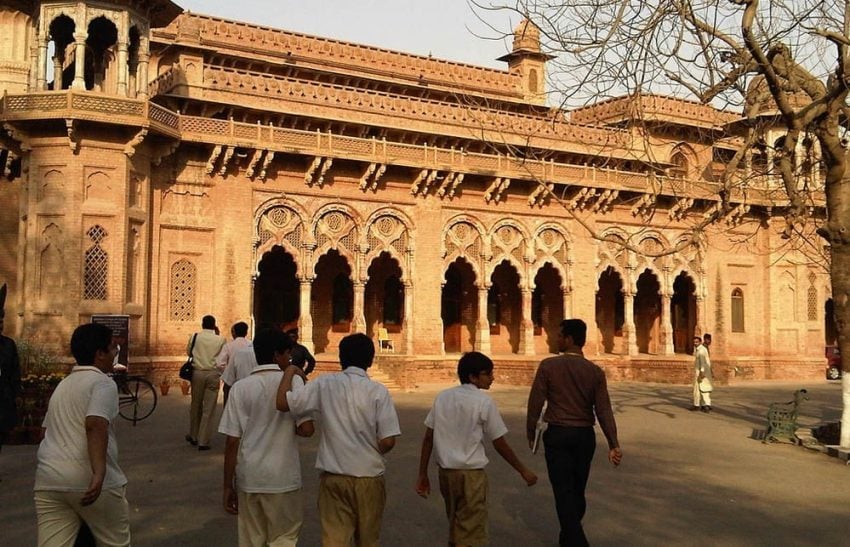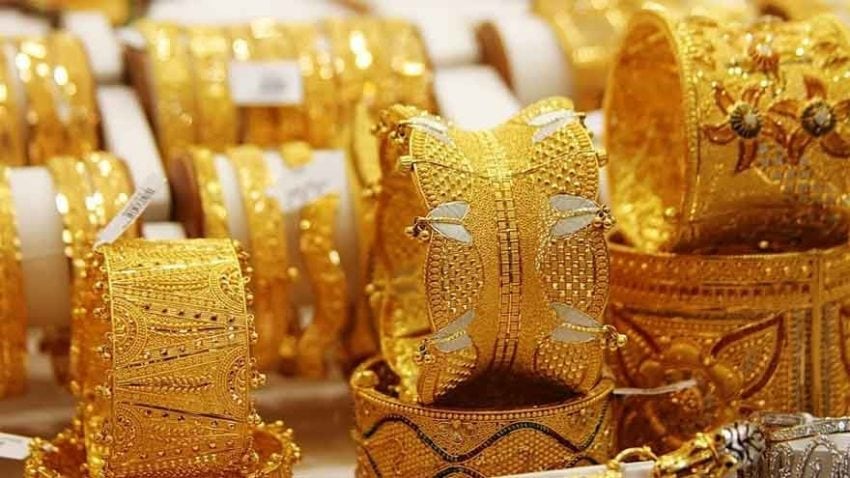Written By: Rasikh Raza Tarar
Aitchison College was established on January 2, 1886, during British India, initially as the Punjab Chiefs’ College. It was renamed Aitchison College on November 13, 1886. The college’s origins can be traced back to 1868 when it began as the Wards School in Ambala. It later became known as the Chiefs’ College in Lahore. Aitchison College is a member of the G30 Schools of the World and is notably the only school in Pakistan’s history to be included in the Carfax ranking of the top 125 institutions worldwide.
The Viceroy of India, Earl of Dufferin, and Ava lay the cornerstone of Aitchison College’s main structure on November 3, 1886. The establishment of what would grow to be one of the most well-known institutions in South Asia began with this momentous occasion. Architect Bhai Ram Singh planned the college’s main building, while Sir Ganga Ram, a prominent builder of the time, oversaw construction. A remarkable architectural landmark that has endured over time is the product of their combined expertise.
The college takes its name from Sir Charles Umpherston Aitchison, the then Lieutenant Governor of the Punjab. In 1888, addressing the students, Sir Charles spoke with great expectations for their future: Much, very much, is expected of you. It is one of the best schools in Lahore, with countless high authorities and famous people who were once students.”
Sir Charles retold his speech by saying pupils need to focus on further developing their character apart from getting an education and must utilize every opportunity present. Furthermore, he spoke on the need for honesty, dignity and virtue: “I firmly believe that you will use the opportunities availed to you in regard to your education and character development. You will nurture everything good, honest, manly, and gentlemanly in this institution, and you will expel from it any thought, word, or deed which is cruel, dishonourable, or impure.”
These sayings have left an echo in the college’s history, which continues to define its students, guiding principles, and ideals even today.
Aitchison College’s legacy can be traced back to Ward’s School, established in 1868 at Ambala Cantonment. When Captain Tighe established the school in 1864 with the Officer Commissioner of Ambala, the vision was to educate the young royals of the region. However, upon the recommendation of Sir Henry Davies, Lieutenant Governor of Punjab, the scope was revised in 1874 to accommodate the heirs from other regions in Punjab.
To this day, the structure and foundational principles of Aitchison College are based on the regulations established for Ward’s School. The school has undergone several transformations, starting with “Chiefs’ College” and then entirely changing to “Aitchison College” to honour Sir Charles Aitchison, the executive’s benefactor.
Aitchison College, one of Pakistan’s premier educational institutions, has undergone significant transformations since its inception. Over the years, the college has continually evolved to meet the needs of its students, both in terms of academic infrastructure and extracurricular offerings. Its students, both in terms of academic infrastructure and extracurricular offerings.
The college’s physical expansion began with the construction of a separate Preparatory School building in 1915, now accommodating grades 7–9. In the following years, the college introduced the prefects system and expanded its facilities. In 1933, Aitchison became affiliated with Cambridge University, strengthening its academic ties and reputation. Two years later, the college broadened its admission policy, opening its doors to ordinary boys from surrounding areas. The Jubilee House was established for day boys as part of this expansion. In 1948, grades 9–13 classes were moved to the newly constructed Barry Block, while the college continued to grow under the leadership of Muhammad Ali Jinnah, who became the patron-in-chief after Pakistan’s independence.
In 1964, a separate building for Junior School was established to accommodate students in grades 1–5. Despite disruptions during the 1965 war between India and Pakistan, Aitchison resumed its academic calendar soon after the ceasefire. The late 20th century saw further expansion through the construction of several modern buildings, including an amphitheatre, a library, science and computer laboratories, staff housing, and sports facilities, including a riding school, squash courts, and basketball courts.
Entering the 21st century, Aitchison College continued its impressive growth. Since 2016, the college has added new boarding houses, a science innovation centre, upgraded chemistry labs, a glass squash court, new cricket and rugby pavilions, and a synthetic hockey field. The college has also enhanced its academic and support facilities with a new administration centre, medical hospital wing, archives centre, and additional staff housing.
In recognition of its 125 years of excellence, the Pakistan Post honoured Aitchison College with a commemorative postage stamp. This milestone reflects the institution’s rich history and legacy and underscores its ongoing commitment to providing a holistic, forward-thinking education. Aitchison College remains dedicated to shaping the future of its students while continuing to build upon its distinguished past.














